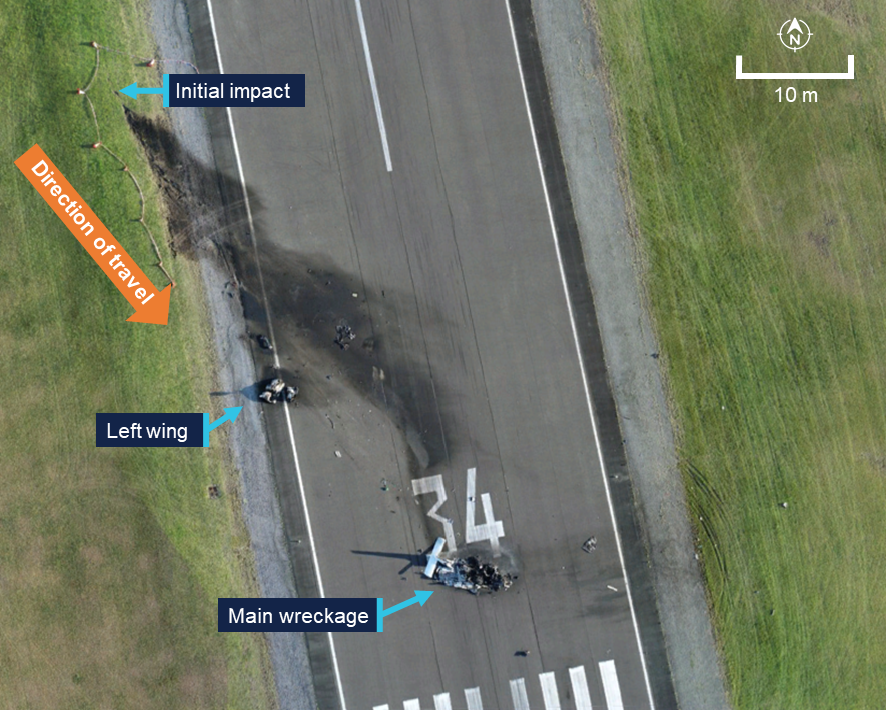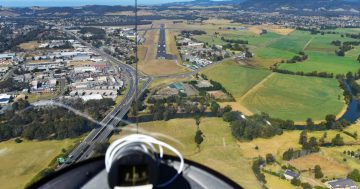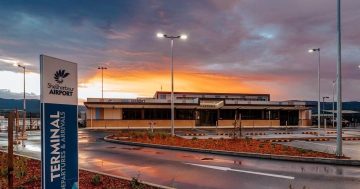
The Australian Transport Safety Bureau has released its preliminary findings into a fatal crash at Shellharbour airport earlier this year. Photo: ATSB.
Investigators still don’t know what caused a fatal light aircraft crash at Shellharbour Airport in October.
On the morning of 11 October, a Piper Cherokee Lance light aircraft took off, pitched up and yawed to the left before it hit the ground, killing all three people on board.
The aircraft caught fire and was destroyed.
The Australian Transport Safety Bureau (ATSB) has released a preliminary report on its investigation into the accident.
ATSB Chief Commissioner Angus Mitchell said the occupants of the aircraft were intending to go on an overnight trip to Bathurst before returning to Shellharbour the following day.
No large or heavy items were identified in the aircraft during the examination of the wreckage and the ATSB estimated the aircraft to be within weight and balance limitations for the flight.
The pilot held a private pilot licence and the required class rating and endorsements to operate the aircraft.
The pilot also held a private instrument rating and Class 2 aviation medical certificate, which were both current at the time of the accident.
The pilot had more than 1000 hours of flight experience and the aircraft had recently had a safety inspection.
Witness statements and fuel records indicated that the aircraft departed with full tanks.
Data showed the aircraft’s groundspeed was 61 knots as it lifted off into a 12 kt headwind, increasing to 64 kt as it began turning left.
The pilot of the preceding Cessna reported that, during their departure, the winds were gusty with light windshear and moderate turbulence.
This pilot also stated that this was common for Shellharbour Airport with strong westerly winds.
The accident pilot and aircraft were based at Shellharbour Airport and the pilot was reported to be familiar with mechanical turbulence associated with strong westerly winds at the airport.
Chief Commissioner Mitchell said during the take-off ground roll, until the nose wheel lifted from the runway, the take-off appeared normal and the stabilator was in a neutral position
“From the data available we can ascertain the aircraft rolled for about 410 m on runway 26 before it abruptly pitched up, yawed to the left and became airborne,” he said.
“The aircraft then climbed away from the runway nose-high, while initially skidding and rolling left, before the skid reduced and its angle of bank appeared to stabilise briefly as it followed a left‑turning flight path.
“But just after reaching about 50 ft above ground level, it began to descend, and collided with terrain a few seconds later.”
Mr Mitchell noted that the ATSB was yet to determine why the aircraft pitched up and yawed before crashing back down.
A Garmin 750 navigation unit was recovered from the aircraft wreckage and retained by the ATSB for further investigation.
Shellharbour Airport CTAF recordings captured no further broadcasts from the pilot of VH-JVA following those made prior to take-off.
“This preliminary report details factual information gathered during the early evidence collection phase and does not contain findings or analysis, which will be included in a final report,” Mr Mitchell said.
“As the investigation continues, the ATSB continues to further review and examine the recorded data, along with consideration of aircraft maintenance records, recovered aircraft components and the pilot’s medical records, qualifications and experience.
“If any critical safety issues come to light during the course of the investigation, the ATSB will immediately notify relevant parties so appropriate safety action can be taken.”
A final report will be released at the conclusion of the investigation.












